Many car lovers know the big names like Toyota, Ford, or Honda. But long ago, other car brands made strong and reliable vehicles too. These brands may be gone today, but their cars were once trusted for their durability and lasting performance.
These forgotten brands built vehicles that could take a beating and still run well. They were not just stylish or fast—they were tough, dependable, and made to last. Some of their models are still seen on the road today.
Time and technology changed the car industry. Many smaller brands couldn’t keep up with the big players. Even though they disappeared, the quality of their vehicles left a strong mark in automotive history.
Some of these brands were ahead of their time. They used smart engineering and solid parts. Their cars didn’t need frequent repairs, and owners trusted them for long road trips and daily use. Their focus was always on strength and reliability.
Car lovers today often forget about these names. Yet, collectors and mechanics still talk about how well-built their vehicles were. In fact, many of these old models are still running after decades with just basic care.
We often hear about cars that break down easily. That’s why it’s important to remember brands that built vehicles to last. They may not be around now, but their cars speak for the solid work they once did.
Many of these brands were once well-known in their time. They earned respect by creating cars that performed well for years. Sadly, changes in markets and business decisions pushed them out, even though their vehicles stood the test of time.
If you enjoy hidden gems in car history, this list will surprise you. Get ready to rediscover brands that built machines tough enough to last and smart enough to be remembered, even if the brand names are not.
1) Pontiac
Pontiac was once a very popular car brand in the United States. It was known for making powerful cars that looked sporty and drove fast.
The brand started in 1926 and became famous for muscle cars. These cars had strong engines and were loved by people who enjoyed speed and performance.
Some of Pontiac’s most well-known models were the GTO, Firebird, and Trans Am. These cars were popular in movies, car shows, and among young drivers who wanted style and power.
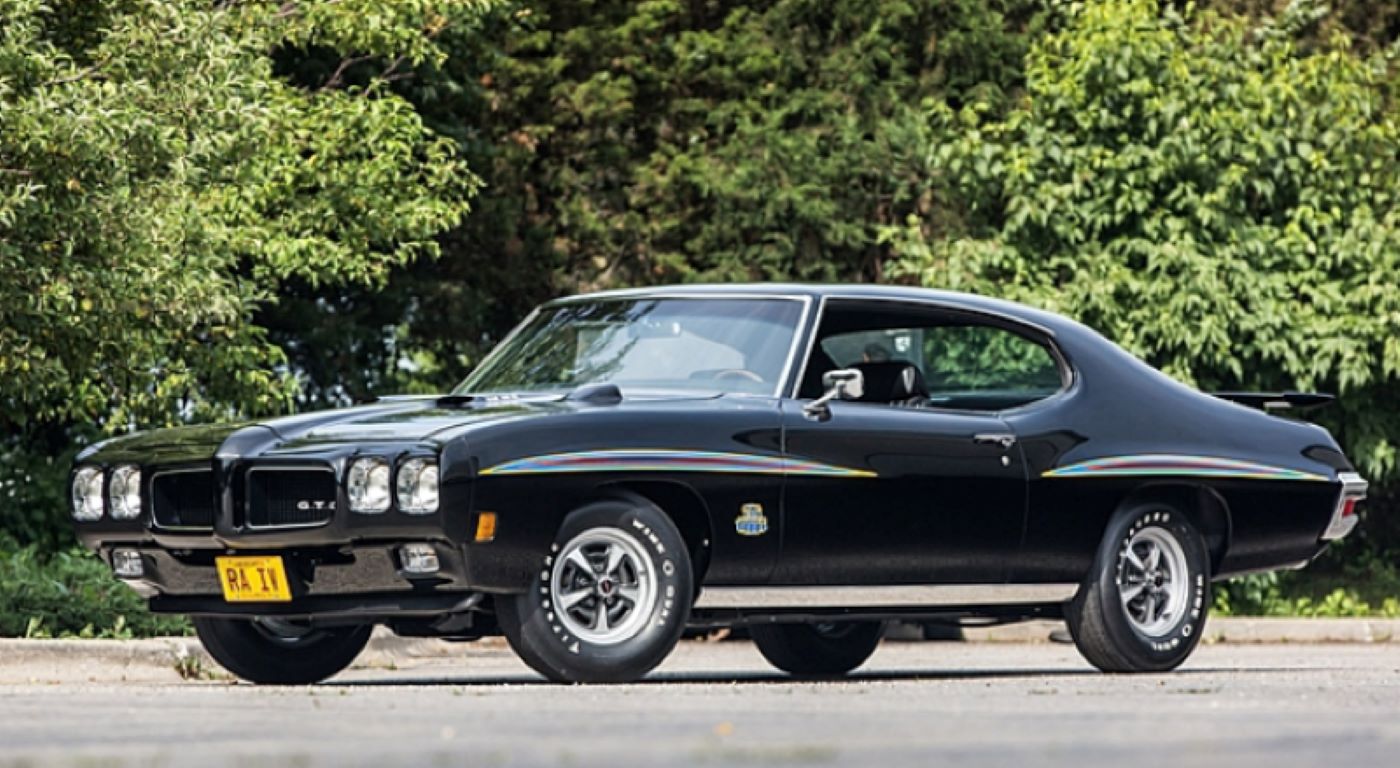
Pontiac was a part of General Motors, one of the biggest car companies in the world. GM used Pontiac as its performance brand, offering fast cars at prices people could afford.
The GTO is often called the first true muscle car in America. It had a big engine and a bold look that made it stand out on the road.
The Firebird and Trans Am became famous thanks to their sleek designs and strong performance. The Trans Am was especially popular in the 1970s and even appeared in the movie Smokey and the Bandit.
Pontiac cars were not just fast—they were fun to drive. Many drivers loved how they handled on the road and how they made them feel behind the wheel.
Even though the cars were great, Pontiac ran into trouble during the 2008 financial crisis. General Motors was struggling and had to make big cuts to survive.
To save money, GM decided to stop making Pontiac cars. In 2010, the brand was officially shut down, even though many fans were still loyal to it.
Today, Pontiac is remembered as one of the most exciting car brands in American history. Its cars still show up at classic car shows and are loved by collectors.
Also read: 10 Cars That Don’t Break Down Even After 15 Years of Daily Driving
2) Oldsmobile
Oldsmobile was one of the earliest car companies in the United States. It began in 1897 and became known for being smart and ahead of its time.
Long before Ford made the assembly line famous, Oldsmobile had already used a similar idea. This helped them build cars faster and reach more people.
Oldsmobile was also the first car company to sell over a million vehicles in a single year. That was a huge success and showed how popular the brand had become.
The company was not just about making cars—it was about making better ones. It brought many new ideas to the auto world that changed how cars were made and driven.

One of its biggest inventions was the automatic transmission. This made driving easier and more comfortable, especially for people who didn’t want to shift gears all the time.
Oldsmobile cars were known for being smooth, reliable, and easy to use. Many families trusted the brand for long trips and daily use.
As time passed, the car market became more competitive. Other brands in General Motors’ lineup started to get more attention and support.
Oldsmobile started to lose its unique place in the company. It didn’t have a clear identity compared to GM’s other brands like Chevrolet or Buick.
Even though the cars were well-built, people were no longer excited about them. Sales dropped, and the brand began to fade in popularity.
In 2004, General Motors decided to shut down Oldsmobile for good. It marked the end of one of America’s longest-running car companies.
Still, many people remember Oldsmobile for its innovation and history. Its older models are now part of car shows and collections.
3) Mercury
Mercury was started by Ford in 1938 to fill a special place in the car market. It offered cars that were nicer than regular Fords but not as expensive as Lincolns.
The idea behind Mercury was simple—give people a touch of luxury without charging too much. Many families liked this mix of comfort and value.
Mercury became known for its smooth rides and stylish looks. Its cars felt classy but stayed within reach for everyday buyers.
One of its most famous models was the Mercury Cougar. It started as a sporty muscle car and later became a more refined, comfortable vehicle.
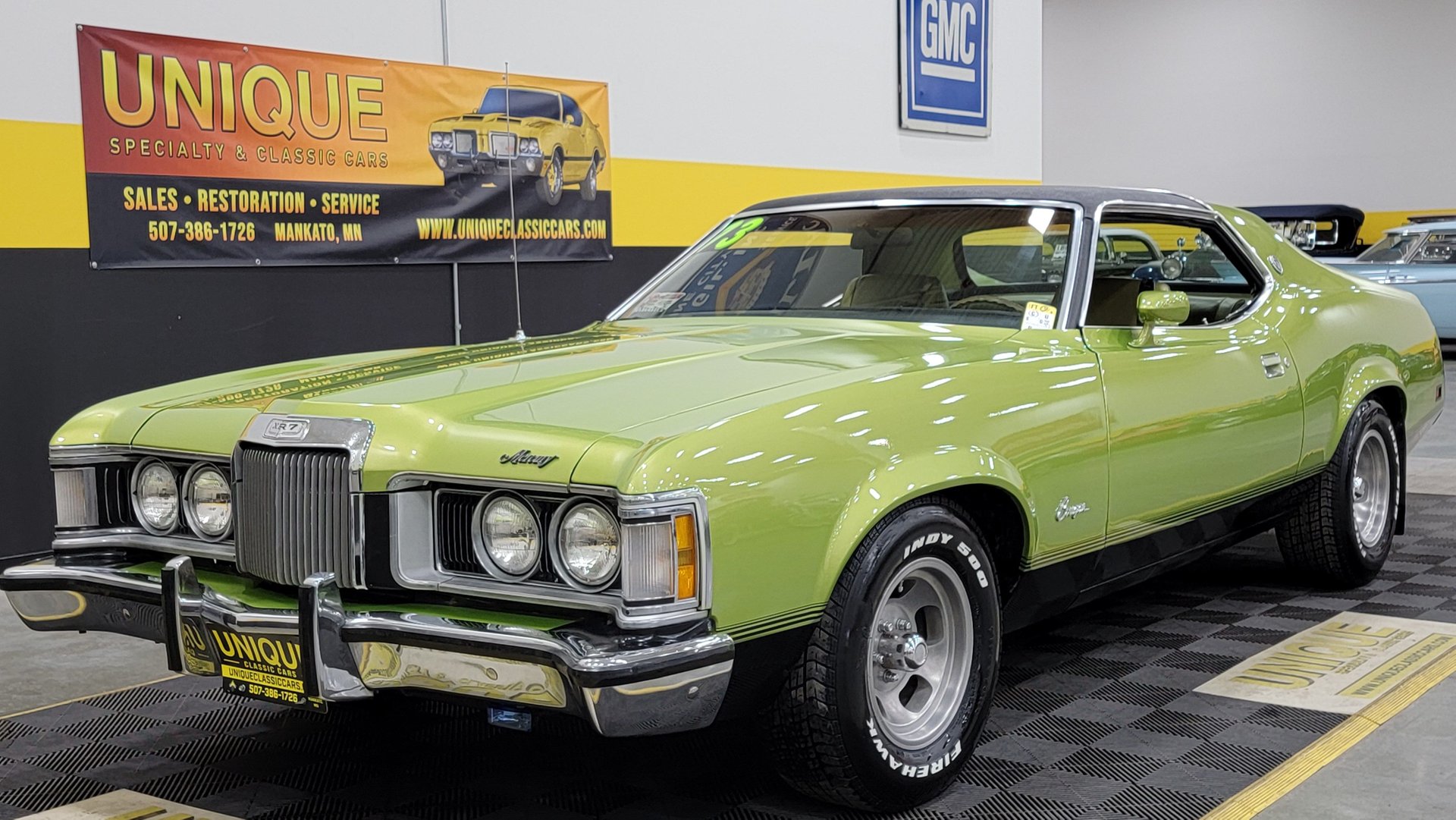
The Grand Marquis was another Mercury car that stayed popular for a long time. It was big, strong, and often used by older drivers who wanted comfort and reliability.
Mercury had a loyal group of buyers who trusted the brand for years. Its cars were often seen as dependable, with a softer ride and roomy interiors.
But in the 2000s, Mercury began to lose its place in the Ford lineup. As Ford improved its vehicles, there wasn’t much difference between a Mercury and a Ford.
Buyers didn’t see a reason to pay more for a Mercury when they could get something similar from Ford. Slowly, interest in Mercury cars began to drop.
The brand started to feel outdated, and sales fell sharply. Ford decided that it didn’t make sense to keep Mercury going any longer.
In 2010, Ford officially ended the Mercury brand. It was the end of a name that had been around for over 70 years.
Even though Mercury is gone, many of its cars are still on the road today. They remind people of a time when affordable luxury was easy to find.
4) Plymouth
Plymouth was launched by Chrysler in 1928 to offer affordable cars to the public. It was a smart choice for families and young drivers who wanted something reliable without spending too much.
In its early years, Plymouth gained a good reputation. It gave people dependable cars with solid performance and fair prices.
During the muscle car era, Plymouth made a big splash. It created cars that were both powerful and fun to drive.
Two of its most famous models were the Barracuda and the Road Runner. These cars were fast, stylish, and became legends among muscle car fans.
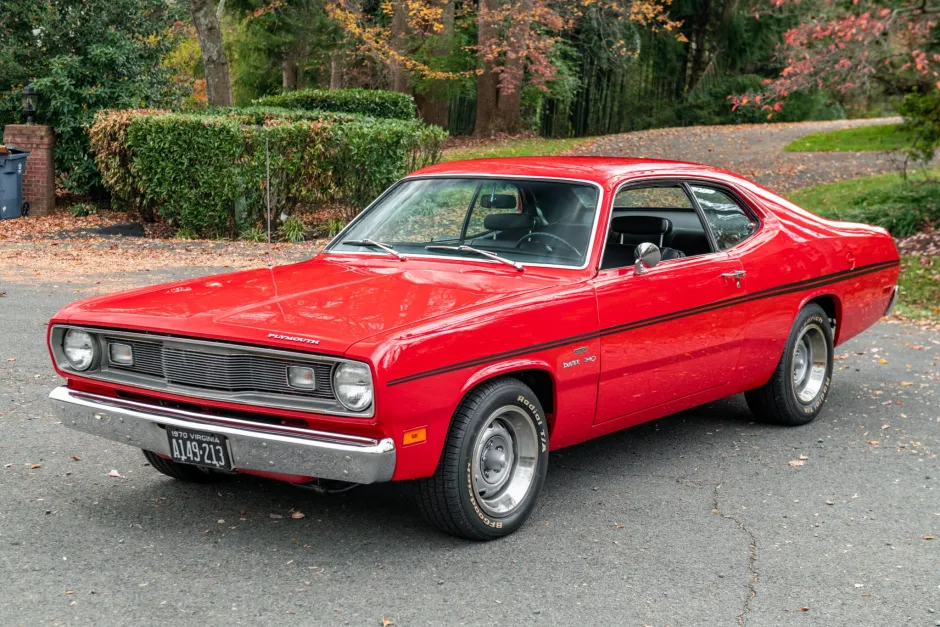
The Barracuda was one of the first pony cars, coming out before the Ford Mustang. It had a sleek look and came with powerful engines.
The Road Runner was known for its strength and speed, but also had a fun side. It was even named after the cartoon character and had a “beep beep” horn.
For a while, Plymouth cars were seen as exciting and cool. But as time went on, things started to change.
In later years, Plymouth models became more like Dodge cars with different names. There wasn’t much that made them special anymore.
As Chrysler focused more on Dodge and other brands, Plymouth lost its unique identity. Buyers didn’t see a reason to choose Plymouth over other options.
Sales began to drop year after year. Without a clear purpose in the market, Plymouth started to fade from people’s minds.
In 2001, Chrysler decided to end the Plymouth brand. It marked the close of a chapter for a once-popular carmaker.
Still, the name Plymouth lives on in the hearts of muscle car lovers. The Barracuda and Road Runner are still prized by collectors today.
5) Saturn
Saturn was created by General Motors in 1985 to take on the growing popularity of Japanese cars. These imports were known for quality, so GM wanted a brand that could compete in both price and customer care.
From the beginning, Saturn was different from other American car companies. It offered a new kind of buying experience with no-haggle pricing, which meant the price you saw was the price you paid.
This idea made car shopping easier and more honest for customers. Many people appreciated not having to bargain or deal with pressure from sales staff.
Saturn also focused on customer service in its dealerships. Buyers often said the experience felt friendlier and more relaxed than at other car brands.
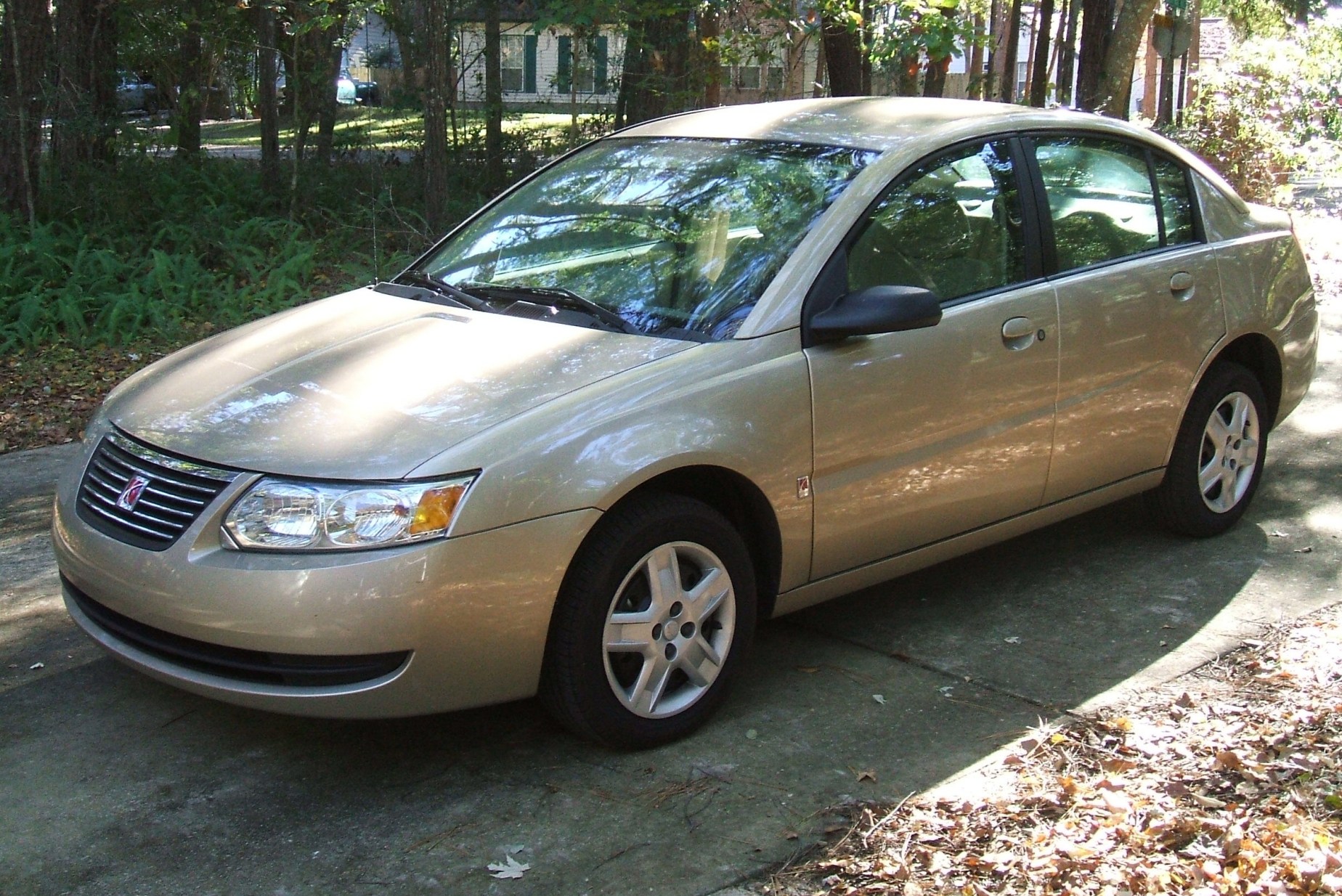
In its early years, Saturn had a lot of success. It became known for its small, fuel-efficient cars that were reliable and affordable.
One thing that made Saturn cars unique was their plastic polymer body panels. These panels didn’t dent easily and helped the cars stay looking new longer.
People liked how practical and tough the cars were, especially for daily use. The subcompact Saturn models became a hit with drivers who wanted simple, long-lasting vehicles.
But as the years went on, Saturn didn’t keep up with changes in the car industry. It stopped bringing out fresh designs and new features that buyers were looking for.
GM also ran into big financial problems in the late 2000s. With so much trouble, it couldn’t afford to keep all its brands going.
In 2010, GM decided to shut down Saturn. The brand had loyal fans, but it wasn’t strong enough to survive the company’s cuts.
Even today, people remember Saturn’s unique way of doing business. The no-haggle pricing and friendly service are still praised by those who own one.
Also read: 10 German Cars That Are Actually Extremely Reliable and Durable
6) Saab
Saab was a Swedish car company that started making cars in 1945. It was known for building cars that were different from others, both in looks and in the way they worked.
One thing that made Saab special was its unique design. The cars had a style that was unusual but smart, which attracted people who liked to be different.
Saab also cared a lot about safety. The company put a strong focus on protecting drivers and passengers, long before other car brands made safety a priority.
Another feature Saab was famous for was its turbocharged engines. These engines gave its cars more power while still being good on fuel.
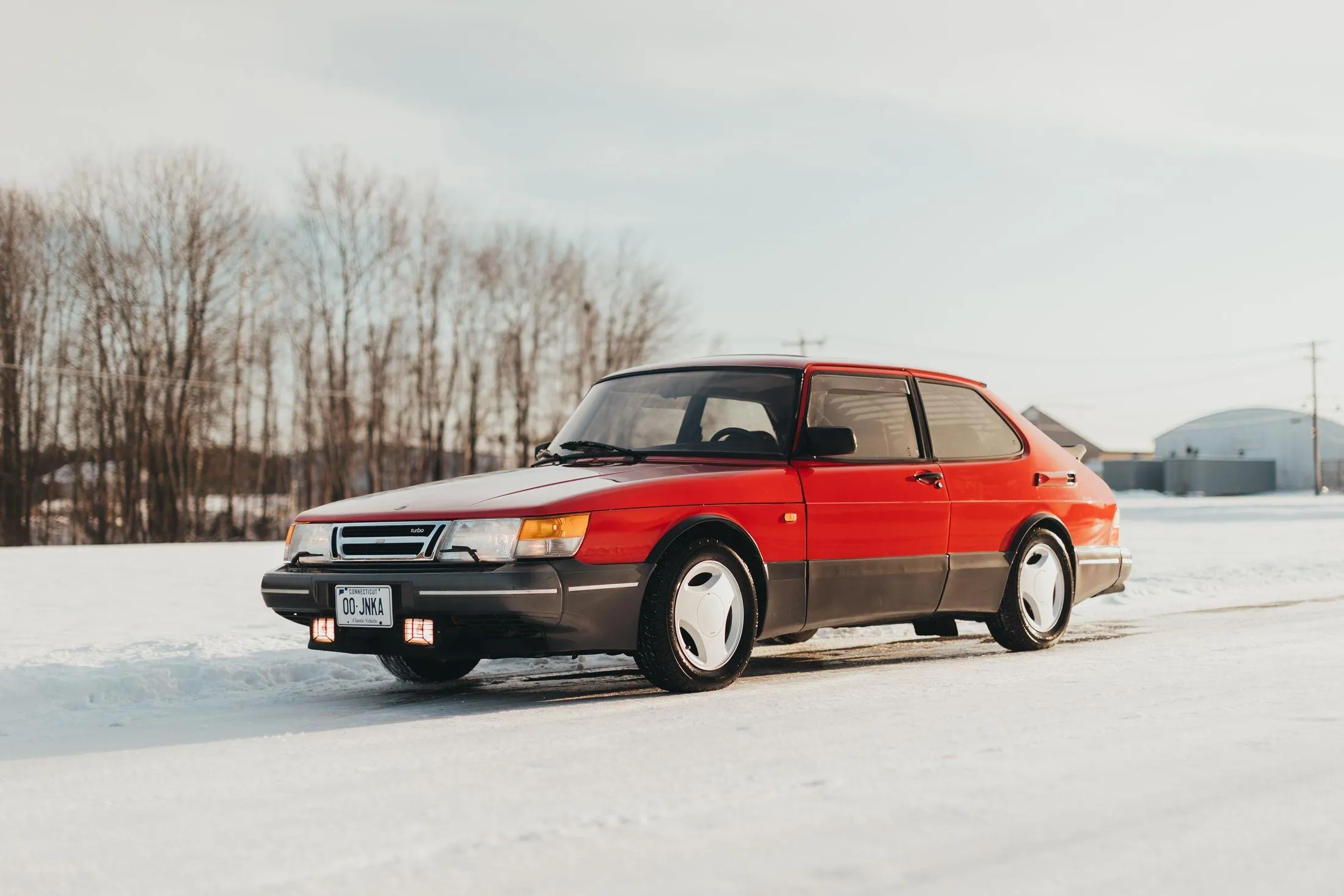
Popular models like the Saab 900 and 9-3 helped the brand build a loyal group of fans. These cars became symbols of Saab’s mix of comfort, performance, and safety.
Saab drivers often said their cars felt solid and handled well on the road. People who bought Saab cars usually stuck with the brand for many years.
In the 1990s, General Motors took control of Saab. Many hoped this would help the brand grow, but things didn’t go as planned.
Under GM, Saab lost some of its unique features and identity. The cars started to feel more like other GM models, and fans noticed the change.
Eventually, GM sold Saab to a smaller company. Sadly, the new owners didn’t have enough money or support to keep the brand going.
Saab stopped making cars in 2012. It was a sad moment for fans who had loved the brand’s special approach to car building.
Even though the brand is gone, Saab still has a strong fan base today. Car lovers remember its focus on safety, power, and smart design.
7) AMC
American Motors Corporation, also known as AMC, was created in 1954 after two smaller companies merged. It quickly became known for doing things differently in the car world.
AMC didn’t have the money or power of the big carmakers like Ford or GM. Still, it made cars that were fun, creative, and often ahead of their time.
Some of AMC’s most famous cars were the Gremlin and the Pacer. These models stood out with their odd shapes and bold styling.
People either loved or hated how AMC cars looked. But one thing was clear—they were never boring and always got attention.
Even though some found them strange, AMC cars were smartly designed and practical. The company tried to offer good value to people who wanted something unique.

Another major hit from AMC was the Jeep Wagoneer. This model helped shape what we now know as the modern SUV.
The Jeep Wagoneer was tough, roomy, and great for families or off-road adventures. It became one of the most important vehicles in AMC’s lineup.
By the 1980s, AMC was having trouble keeping up with the bigger car companies. It was harder to compete in a market filled with strong rivals.
In 1987, Chrysler bought AMC mainly to get the Jeep brand. Jeep was so popular that Chrysler saw big value in owning it.
After the buyout, AMC’s other cars slowly disappeared. The name AMC faded away, but Jeep lived on and became even more successful.
AMC may be gone, but its bold ideas and unique cars left a lasting memory. It showed that even smaller companies could take risks and make a mark.
8) Studebaker
Studebaker began in 1852, not as a carmaker, but as a builder of wagons for farms and the military. It was one of the oldest transportation companies in America before cars even existed.
As the world changed and automobiles took over, Studebaker made a smart move. It shifted from building wagons to making cars and quickly became a respected name in the car industry.
Studebaker was known for being bold and creative. It designed cars that looked futuristic and offered advanced features for their time.
Models like the Avanti and the Commander stood out on the road. They had sleek lines, strong engines, and stylish interiors that appealed to many drivers.

People admired how different Studebaker cars looked. The brand was not afraid to try new designs that other car companies avoided.
Even with its creativity, Studebaker faced serious money problems in the 1950s. It was hard for a smaller company to survive when the big automakers were growing stronger.
Studebaker merged with another company called Packard in hopes of staying alive. But even together, they couldn’t compete with larger brands like Ford or General Motors.
Despite making smart cars, sales started to drop. More buyers chose cheaper or better-known vehicles from bigger names.
Studebaker tried to cut costs by closing some factories. It kept one factory open in Canada for a few more years to keep going.
But the end finally came in 1967, when the last Studebaker rolled off the line. It was a quiet finish to a company that once helped shape American roads.
Even though Studebaker is long gone, its memory lives on among car fans. The brand still stands for bold ideas and strong craftsmanship.
9) Datsun
Datsun started back in 1931 and later became part of the Nissan family. It was known for building small, reliable cars that didn’t cost too much to own or maintain.
In the 1970s, Datsun became very popular, especially in the United States. Its cars offered great fuel efficiency, sporty designs, and smooth driving experiences.
One of Datsun’s most famous models was the 240Z. It was fast, affordable, and looked like a true sports car, making it a big hit among young drivers.
Another popular car was the Datsun 510. It was compact, easy to handle, and offered solid performance for a low price.
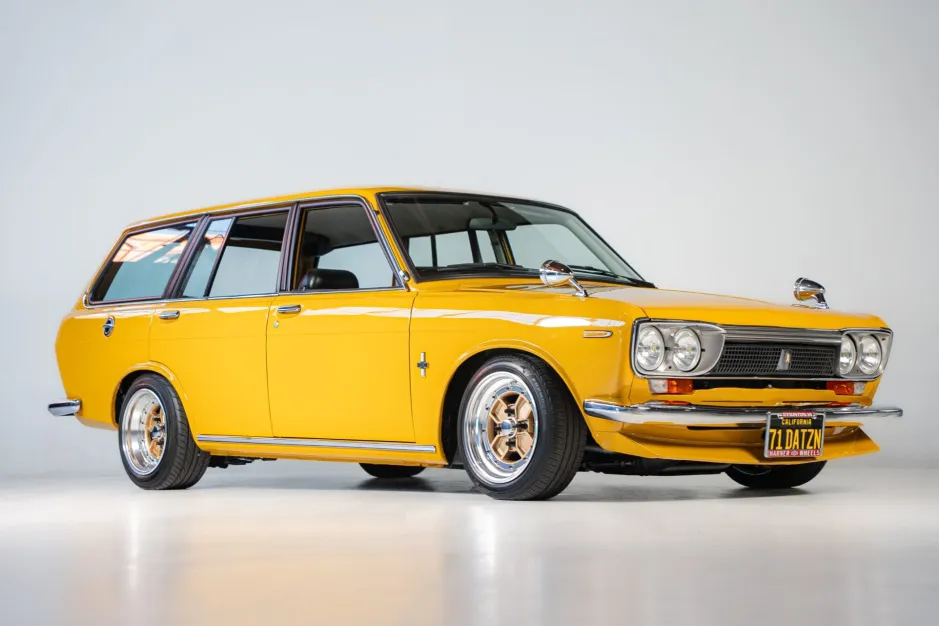
These cars helped build Datsun’s reputation as a brand people could trust. They gave customers value for money while still being fun to drive.
But in 1986, Nissan decided to stop using the Datsun name. The company wanted to focus on its main brand name, so Datsun disappeared for many years.
For a long time, people thought Datsun was gone for good. But in 2013, Nissan brought the name back for a new project.
This time, Datsun was aimed at growing markets like India and Indonesia. The cars were very basic, made to be affordable for first-time car buyers.
Sadly, the new Datsun cars didn’t become very popular. Customers were looking for more modern features and better quality than what the brand offered.
As a result, sales stayed low year after year. In 2022, Nissan once again ended the Datsun brand, this time for good.
Even though Datsun’s return didn’t last, its earlier legacy still shines. People still admire the old models for their reliability and classic style.
Also read: 10 Classic Cars That Were Once Popular but Are Now Forgotten
10) Hudson
Hudson began making cars in 1909 and quickly became known for innovation. It introduced new ideas that made driving safer and more comfortable.
One of Hudson’s biggest contributions was the “step-down” design. This lowered the car’s floor, making it easier to handle and improving safety during sharp turns.
Thanks to this design, Hudsons felt more stable on the road. Drivers could enjoy better control, which helped build trust in the brand’s engineering.
In the early 1950s, Hudson made a big name for itself in racing. Its Hornet model became a dominant force in NASCAR competitions.

The Hudson Hornet wasn’t just fast—it was smartly designed for the track. With its low center of gravity and strong engine, it won race after race.
Hudson’s success in racing helped sell more cars. People wanted the same vehicles that were beating others on the racetrack.
But behind the scenes, Hudson was facing money problems. It was tough to stay ahead in a growing auto industry ruled by bigger names like Ford and GM.
By 1954, Hudson had to merge with another carmaker named Nash. Together, they formed American Motors Corporation (AMC), hoping to survive against larger competitors.
After the merger, Hudson cars were slowly phased out. The name disappeared, but its impact stayed alive in the early years of AMC.
Many of the ideas Hudson introduced were used in later AMC models. The innovation didn’t vanish—it simply changed shape under a new name.
Hudson may not be around today, but car fans still remember its bold spirit. The Hornet especially remains a favorite among vintage racing enthusiasts.
